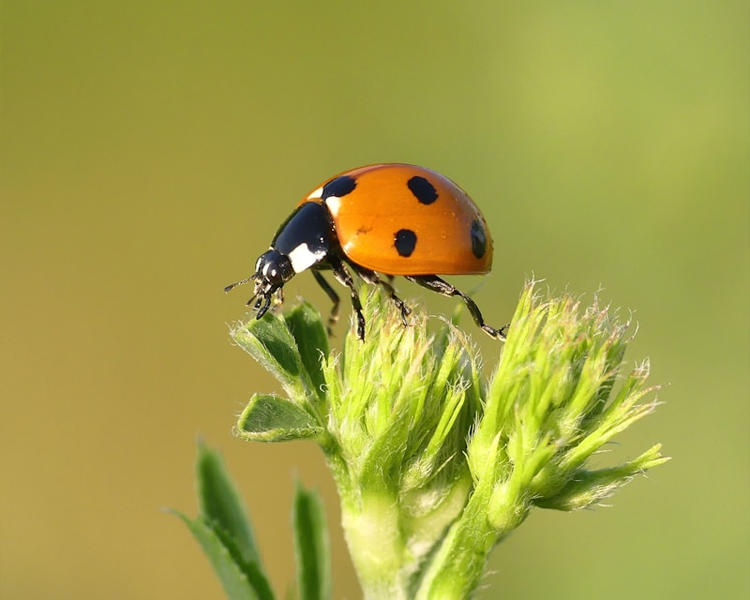Introduction
Agriculture is essential for sustaining human life, but traditional farming practices have often relied on chemical pesticides that can harm the environment. With growing concerns about sustainability, the demand for eco-friendly pest control methods has increased. Sustainable pesticides and alternative pest management strategies are revolutionizing agriculture, reducing environmental impact while maintaining high crop yields.
The Need for Sustainable Pest Control
Conventional pesticides have long been used to protect crops, but their excessive use has led to soil degradation, water pollution, and negative effects on biodiversity. Sustainable pest control focuses on minimizing these impacts while effectively managing pest populations. Farmers are now adopting environmentally friendly alternatives that promote soil health, protect beneficial insects, and reduce chemical residues in food.
Types of Sustainable Pesticides and Practices
1. Biopesticides
Biopesticides are derived from natural sources such as bacteria, fungi, and plant extracts. These pesticides target specific pests without harming beneficial insects or the environment. Examples include Bacillus thuringiensis (Bt) and neem oil, which are widely used for their effectiveness and safety.
2. Botanical Pesticides
Plant-based pesticides, such as pyrethrin from chrysanthemum flowers, offer a natural alternative to synthetic chemicals. These compounds degrade quickly in the environment and are less toxic to non-target organisms.
3. Predator-Based Pest Control
Encouraging natural predators like ladybugs, lacewings, and parasitic wasps helps control harmful insect populations. This method, known as biological control, reduces the need for chemical pesticides while maintaining ecological balance.
4. Crop Rotation and Companion Planting
Changing crops seasonally disrupts pest life cycles, making it harder for them to establish populations. Companion planting, where certain plants are grown together to repel pests, is another effective strategy.
5. Integrated Pest Management (IPM)
IPM combines multiple pest control methods, including biological, cultural, and mechanical strategies, to minimize pesticide use. This holistic approach ensures long-term sustainability while maintaining crop health.
Benefits of Eco-Friendly Pest Control
1. Environmental Protection
Sustainable pest control reduces soil and water contamination, helping to maintain a balanced ecosystem.
2. Healthier Crops and Food
Lower chemical residue levels result in healthier food, benefiting consumers and farm workers alike.
3. Preservation of Beneficial Insects
Natural pest control methods protect pollinators like bees and butterflies, which are crucial for plant reproduction.
4. Long-Term Cost Savings
Although initial investments in sustainable practices may be higher, they reduce long-term costs by improving soil fertility and reducing pesticide resistance.
Challenges and Future Prospects
While eco-friendly pest control methods are promising, some challenges remain. These include limited availability of biopesticides, higher initial costs, and the need for farmer education. However, as research advances and policies support sustainable agriculture, the adoption of green pest control solutions is expected to grow.
Conclusion
Sustainable pesticides and alternative pest management techniques are transforming modern agriculture. By reducing environmental harm and promoting healthier farming practices, eco-friendly pest control solutions contribute to a more sustainable future. As awareness grows, farmers worldwide are embracing these methods to protect crops, support biodiversity, and ensure food security for future generations.



